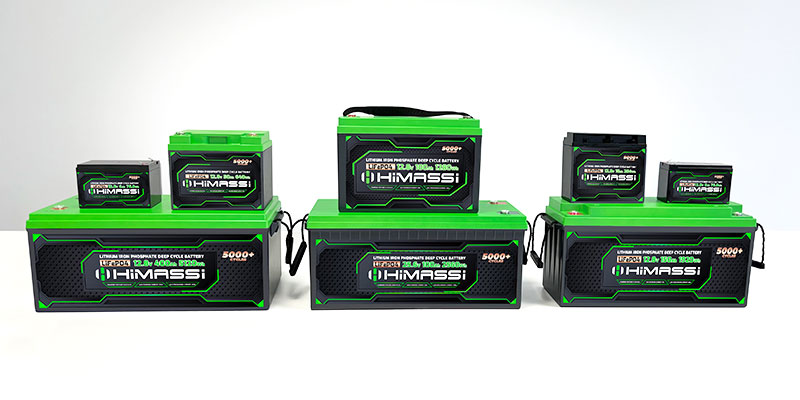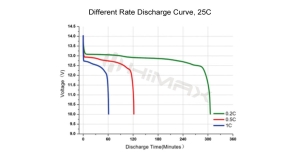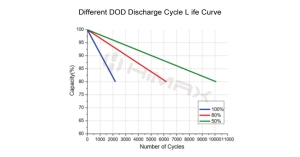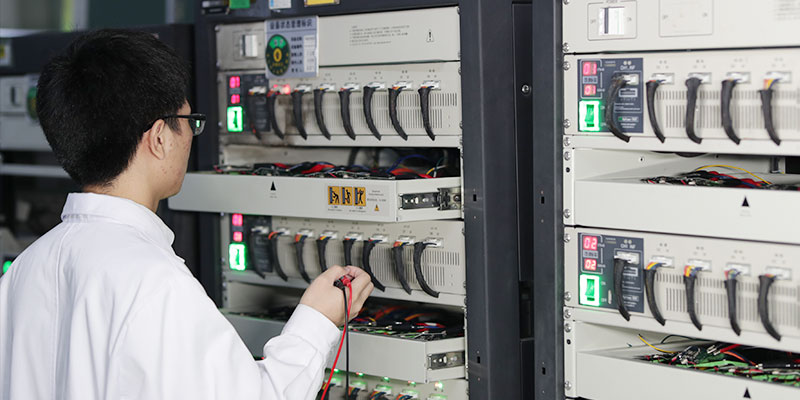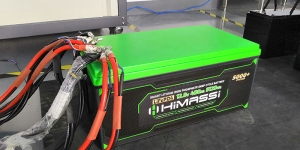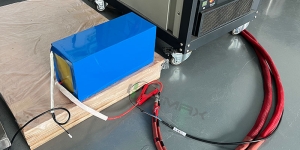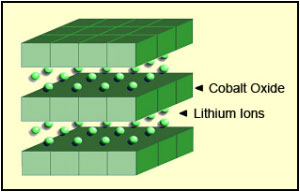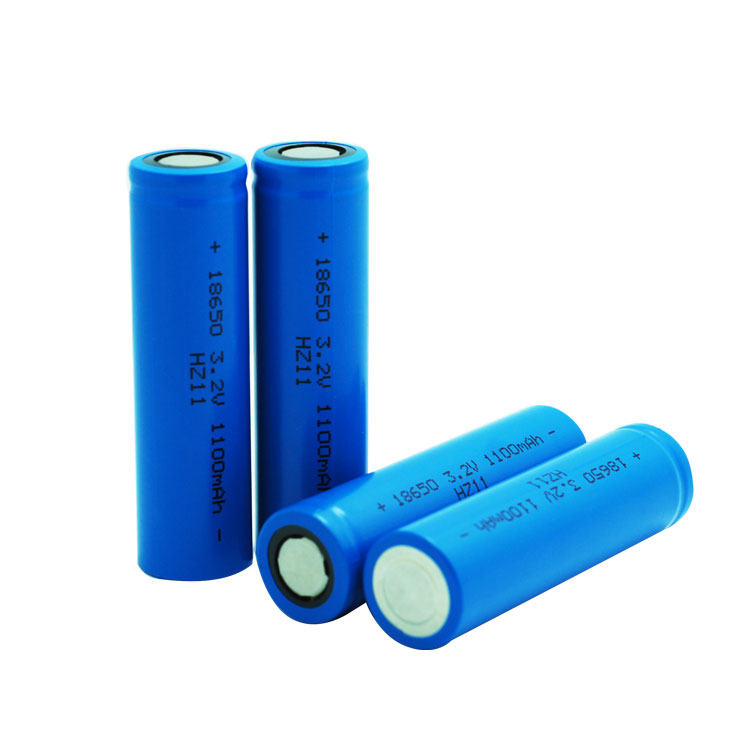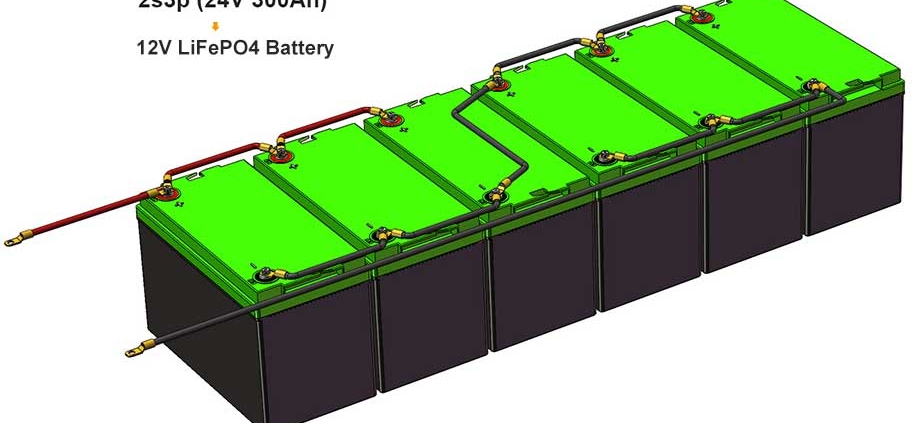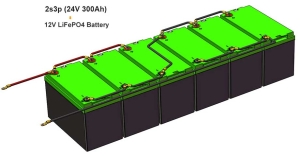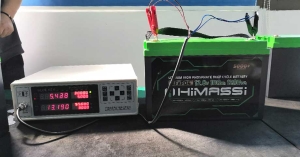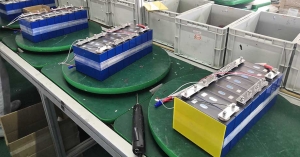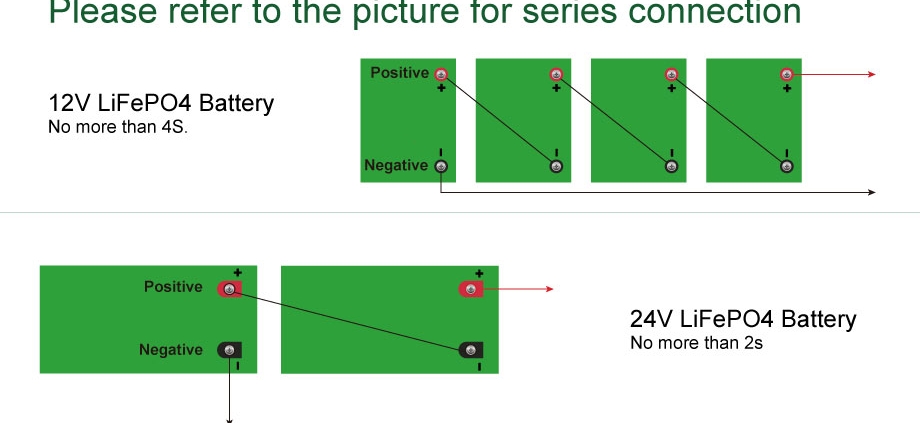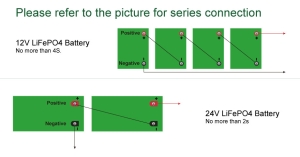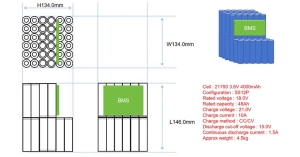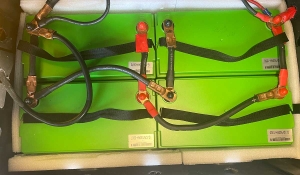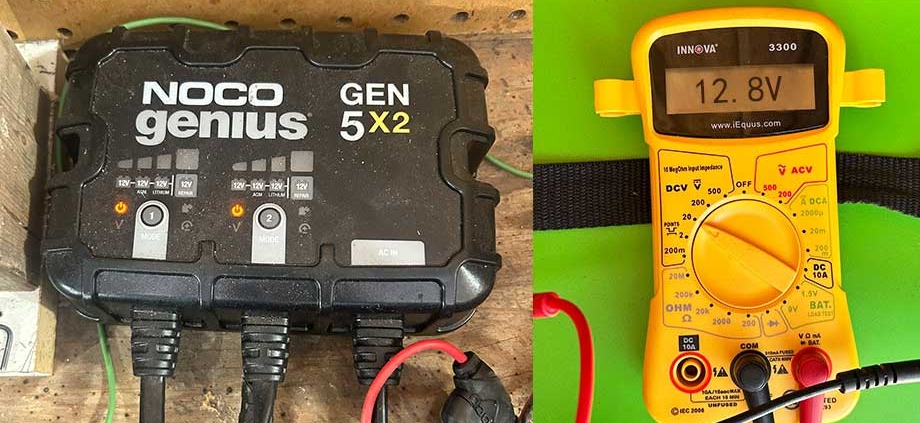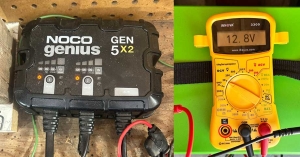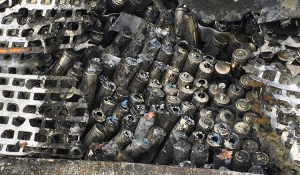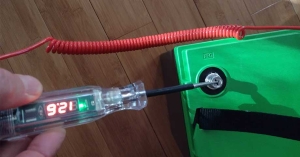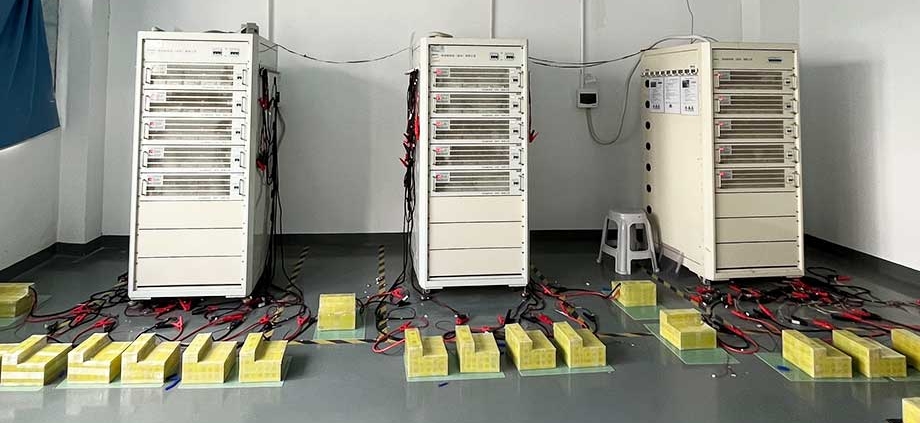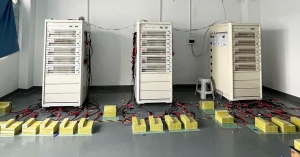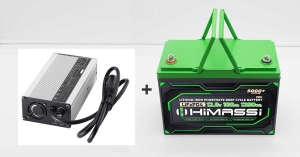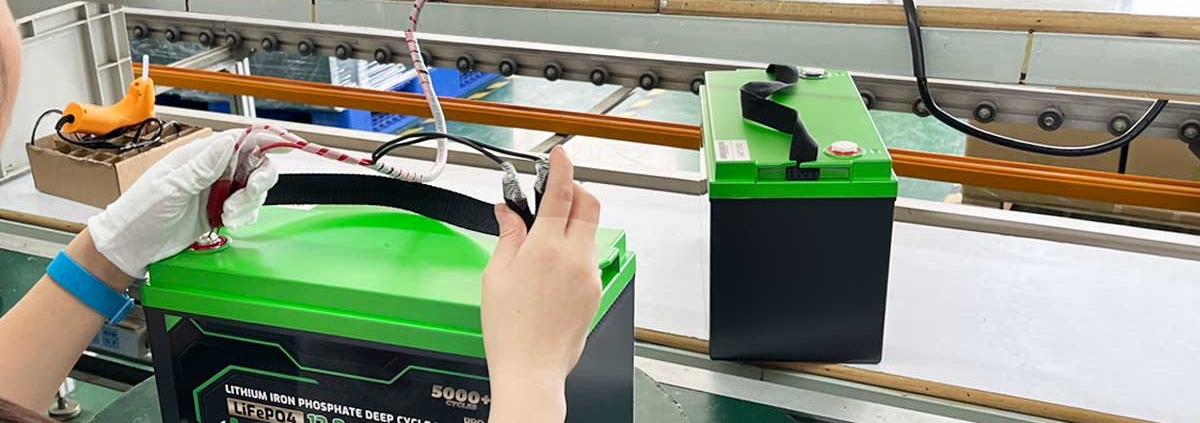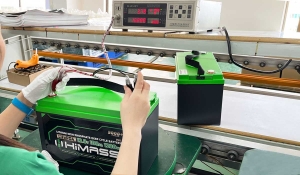Do LiFePO4 Batteries Need to Be Vented?
Understanding the Requirements and Benefits
In the world of advanced battery technology, LiFePO4 (Lithium Iron Phosphate) batteries stand out due to their reliability, safety, and efficiency. A common question among users and installers is whether these batteries need to be vented like traditional lead-acid batteries. This article provides a detailed exploration of the ventilation requirements for LiFePO4 battery pack, highlighting why they are an exceptional choice for various applications and how Himax Electronics enhances their utility.
Introduction to LiFePO4 Batteries
LiFePO4 batteries are a type of lithium-ion battery known for their stability and longevity. They are increasingly popular in renewable energy systems, electric vehicles, and backup power applications due to their unique properties:
- Safety: LiFePO4 batteries are more thermally and chemically stable than other lithium-ion batteries, reducing the risk of fire and explosion.
- Longevity: These batteries can typically last for several thousand charge cycles, significantly more than traditional lithium-ion counterparts.
- Efficiency: They maintain consistent voltage levels throughout the discharge cycle, improving the efficiency of the device they power.
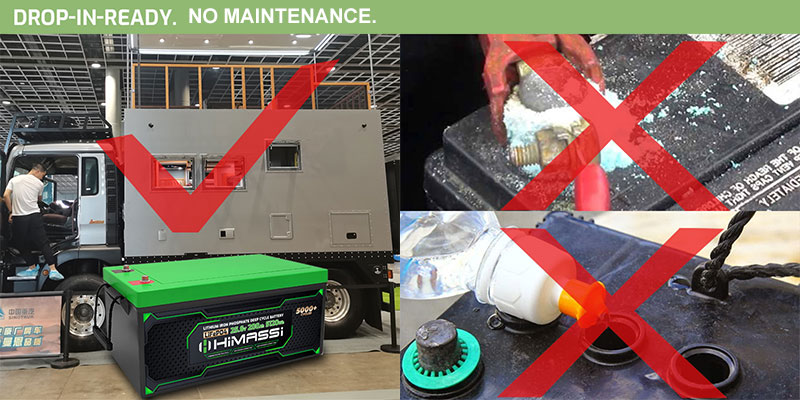
Ventilation Needs of LiFePO4 Batteries
Unlike traditional lead-acid batteries, which release hydrogen gas during charging and require significant ventilation to prevent gas accumulation, LiFePO4 battery pack are fundamentally different:
- Gas Emission: LiFePO4 batteries do not produce dangerous gases under normal operating conditions, thanks to their stable chemistry and the quality of the manufacturing process.
- Thermal Regulation: While LiFePO4 batteries generate less heat during operation and charging, they do not typically require active ventilation systems. However, it is essential to ensure that they are not exposed to high ambient temperatures or direct sunlight for prolonged periods.
Installation Considerations
While LiFePO4 batteries do not require traditional venting systems, proper installation is crucial to maximize their performance and lifespan:
- Temperature Management: Ensure that LiFePO4 batteries are installed in a space with ambient temperature control to prevent overheating and ensure optimal performance.
- Physical Placement: Avoid placing batteries in tightly sealed enclosures; allowing for some air circulation will help dissipate any heat generated during high loads or charging.
- Accessibility: Install the batteries in locations where they can be easily monitored and accessed for maintenance or inspection if necessary.

Advantages of Using LiFePO4 Batteries
Choosing LiFePO4 batteries offers several advantages over traditional battery technologies:
- Maintenance-Free: These batteries require minimal maintenance, eliminating the need for regular water top-ups and acid spill cleanup.
- Eco-Friendly: With no harmful emissions and a lower environmental impact than lead-acid batteries, LiFePO4 batteries are an eco-friendlier choice.
- Cost-Effectiveness: Although the initial investment in LiFePO4 batteries may be higher, their long service life and low maintenance requirements offer greater long-term value.
Why Himax Electronics?
Choosing Himax Electronics for your LiFePO4 battery needs brings several benefits:
- High-Quality Products: Our LiFePO4 batteries are engineered to meet the highest standards of quality and performance, ensuring reliability and durability for all applications.
- Custom Solutions: We provide tailored solutions to meet specific energy needs, offering a range of battery sizes and configurations to suit any requirement.
- Expert Support: Himax Electronics offers unparalleled customer support and technical assistance, from installation advice to ongoing maintenance tips.
Conclusion
LiFePO4 batteries do not require venting in the traditional sense, thanks to their advanced chemistry and inherent safety features. This makes them ideal for a wide range of applications, from home energy storage systems to electric vehicles. When choosing a LiFePO4 battery, consider Himax Electronics for your needs. Our commitment to quality and customer satisfaction ensures that you receive the best products and support in the industry.


